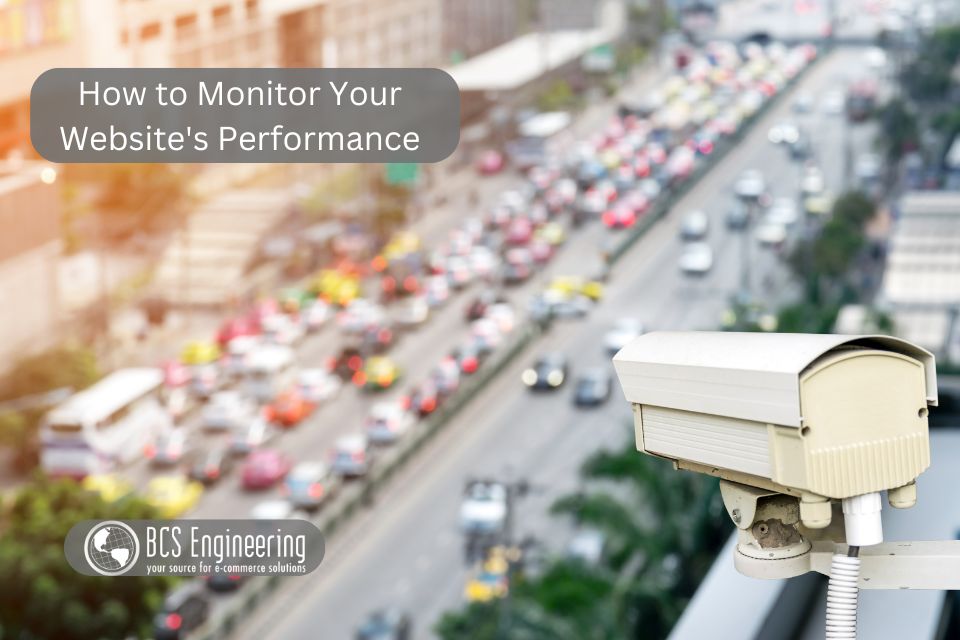A well-performing website is your strongest tool for success. However, many business owners overlook the importance of consistently monitoring their website’s performance. Keeping an eye on key metrics can help you improve user experience, increase conversions, and grow your business. But where do you begin? Let’s dive into the essentials of website performance monitoring and how you can keep your site running at its best.

Why Monitoring Your Website Matters
Your website is often the first point of contact with potential customers. Slow load times, broken links, or inconsistent functionality can drive visitors away and hurt your bottom line. Monitoring your website helps you:
- Catch Issues Early: Quickly identify slow load times, server downtime, and performance bottlenecks before they impact your users.
- Improve User Experience: Make data-driven decisions to optimize your site for better navigation, faster load times, and seamless interaction.
- Boost SEO: Google and other search engines rank websites based on factors like speed and mobile-friendliness. A faster, more responsive site can help improve your rankings.
- Increase Conversions: A website that performs well enhances user satisfaction, which often leads to higher conversions and revenue.
Tools to Help You Monitor Performance
You don’t need to manually track every detail of your website’s performance. There are many tools available to help automate and simplify the process. Here are a few that can provide valuable insights:
- Google Analytics: This free tool allows you to track key metrics like bounce rate, traffic sources, and user behavior, giving you a comprehensive overview of how visitors are interacting with your site.
- Google Search Console: Provides insights into how well your website is performing in search results, highlighting issues with mobile usability, page speed, and other important SEO factors.
- Googe Page Speed Insights: Performs a comprehensive performance test on your website, giving you a detailed report of which sections of your site need attention.
- GTmetrix: Analyzes your website speed and performance, giving you actionable recommendations to boost performance.
- Webpagetest: Provides an easy-to-understand breakdown of your site, focusing your attention on the most important areas that currently impact your website’s performance.
Best Practices for Maintaining Peak Performance
Monitoring your website’s performance is an ongoing process. Here are some best practices to ensure your site consistently delivers the best experience:
- Regularly update your content and plugins: Outdated software can slow down your site and create security vulnerabilities.
- Use a reliable hosting service: Choose a host that can scale with your traffic and offers fast server response times.
- Optimize images and videos: Large files can drag down your load times. Compress images and use optimized formats like WebP for a faster site.
- Enable caching: Browser caching allows returning visitors to load your site faster by storing elements locally.
Stay Proactive and Thrive
Monitoring your website’s performance isn’t just about fixing problems after they arise—it’s about staying ahead of potential issues and continually optimizing for better user experience and higher conversions. By keeping track of key metrics and utilizing powerful tools, you can ensure your website is always operating at its full potential, ultimately driving more traffic, leads, and sales.
Key metrics to Monitor on Your Site Regularly
Not sure what to monitor on your website? Listen to our latest eCommerce Made Easy Podcast where Carrie shares the top five most important things to monitor on your website regularly to keep your website in peak condition!
